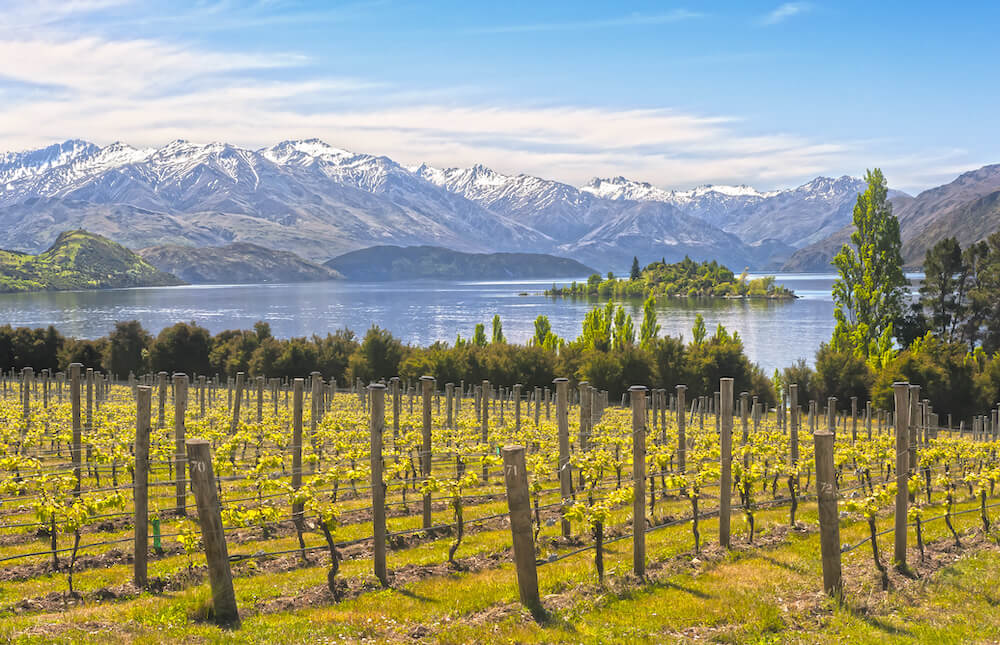History of wine: how wine became a global phenomenon
Following the European colonization, wine spread to every continent. So how exactly have the New World wine producers set out to topple the European hegemony?

Modern classification groups wine-producing countries into Old World wines, Ancient World wines, and New World wines.

We discussed the first two in detail in our other topic on wine history. After the European conquest of the Americas, Africa, and Oceania, viticulture spread with the colonizers.
When it comes to the New World, each country’s wines are equally fascinating. In this topic, we’ll look into their successes and failures, a plague that devastated European grapevines, and the point in history when New World wines gained superiority over the European ones.
Did winemaking exist in the Americas before colonization?
Yes and no. The grapevine has already existed in the Americas, but people have not used it for alcoholic fermentation.
Alcoholic beverages were made by the indigenous people of Mexico and Central America long before the European invasion. Before the European conquest, there was no significant tradition to make fermented or distilled beverages north of Arizona and New Mexico. Alcohol’s effects were largely unknown throughout much of North America.

People made spirits from crops, fruits, and cultures native to the land: corn, potatoes, quinoa, pepper tree fruits, strawberries, and different species of evergreen, flowering plants, cacti.
Spanish conquest marked the beginning of the plantation of Vitis vinifera, with the first attempt done on the island of Hispaniola during the second voyage of Columbus in 1494.

After the invasion and conquest of Mexico by Hernán Cortés, the Spanish government promoted the establishment of the vines. By 1524, every Spanish settler needed to grow vine if he wanted to acquire land in the Mexican plateau. Later, the cultivation of vines started in Peru, specifically in the city of Ica, from where it spread to Chile and Argentina.

These countries cultivated Spanish sorts of vine. The most common vine planted in these territories was a black grape called Mission. It was grown in Mexico and later in Texas and California. Same grapes were planted in Peru under the name Peruvian black, becoming the source of the most commonly used vine in Chile: the Pais.
Why did South American countries succeed in winemaking?
If we look at the modern map of wine-producing countries in South America, the top-5 looks like this:
- Argentina
- Chile
- Brazil
- Uruguay
- Peru
This list coincides almost entirely with vineyards, first planted by Spanish settlers. Why were these territories so successful in growing grapevines?

Argentina, Chile, and Peru are on different sides of the Andes mountains. This creates an optimal dry and arid climate for the Vitis vinifera, a common grapevine.
Most of the vineyards lie at higher elevations with plenty of sunshine. They are irrigated by the snowmelt from the top of the mountains, which makes the soil favorable and does not require artificial watering.
Argentina is the largest South-American wine producer. But Argentina wasn’t always in the lead. In fact, from the 1500s to the 1800s, wine production was slow. The rates of production began to rise after the French grape variety of Malbec was introduced.
In 1830, the Mendoza region in Argentina had only 2500 acres (1,000 hectares) of vineyards. By 1910, the number rose to 11,200 acres (45,000 hectares). Today about 80% of all vineyards in Argentina are cultivating vinifera vines—mainly Malbec, which became Argentina’s signature wine.

Malbec, one of the grapes permitted in the Bordeaux blend, was not a valuable variety. At one point, the experimentation with planting Malbec at the incredibly high altitude of the Mendoza region started. The results allowed Argentina to reach new heights in Malbec production and elevate its status far beyond what the European counterpart of the grape was able to do.
Peru became a very productive wine region in the 16th century, producing so much wine at one point that they imported it back to Spain. That caused a threat to the native wines, so King Philip II of Spain eventually placed restrictions on wine produced in the Americas to protect all wine producers and merchants from Spain. That ban ended up hurting Mexico more than other Spanish colonies in the Americas.
On the other side of South America, the Portuguese conquest caused the first attempts at viticulture in Brazil. The vines were planted there in 1532 in San Paulo. Like at that time in Europe, vineyards often were managed by monastic orders. After the destruction of the Jesuit orders that controlled most of the vineyards, wine production would not be restored until the 18th century, when a new wave of immigrants from Azores and Madeira arrived.
Brazil did not have the same climatic conditions as Peru, Argentina, and Chile. Its equatorial and very humid climate is not optimal for the grapevines growing. So, until the vineyards moved to the South of the country to the Rio Grande do Sul in the mid-1850s, there was no real success.
Today Brazil is the third-largest producer of wine in Latin America, after Argentina and Chile.
